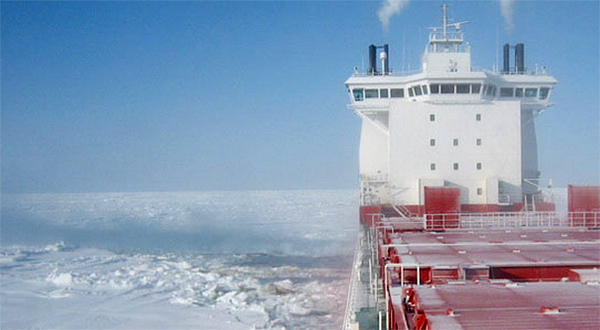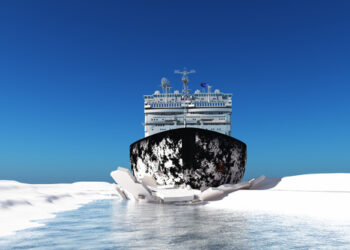The Polar Code has been developed by IMO to provide guidelines for safe ship Polar operations and the protection of the Polar environment by addressing risks present in Polar waters not adequately mitigated by other IMO instruments. The Polar Code covers both safety and pollution prevention measures and enters into force on 01 January 2017. The Republic of the Marshall Islands issued new marine notice covering the policies for the effective implementation of the Code.
The Polar Code consists of the Introduction, part I and part II. The Introduction contains mandatory provisions applicable to both parts I and II.
Part I is subdivided into:
- part I-A, which contains mandatory provisions on safety measures; and
- part I-B containing recommendations on safety.
Part II is subdivided into:
- part II-A, which contains mandatory provisions on pollution prevention; and
- part II-B containing recommendations on pollution prevention.
The Code defines three (3) levels of ship categories (Category A, Category B, and Category C) with decreasing ice operational capabilities. Key elements of the Polar Code include requirements for:
- a Polar Water Operational Manual;
- a risk-based operational assessment (Operational Assessment);
- ships’ structure;
- machinery and systems exposed to, and/or affected by, the cold;
- manning and crew training; and
- a Polar Ship Certificate.
Safety Measures: All ships operating in Polar waters constructed on or after 01 January 2017 must comply with part I-A of the Polar Code upon delivery. Ships constructed before 01 January 2017 (existing ships) must meet the part I-A requirements by the first intermediate or renewal survey, whichever occurs first after 01 January 2018.
Further information may be found by reading RMI notice herebelow
Source: RMI





























































